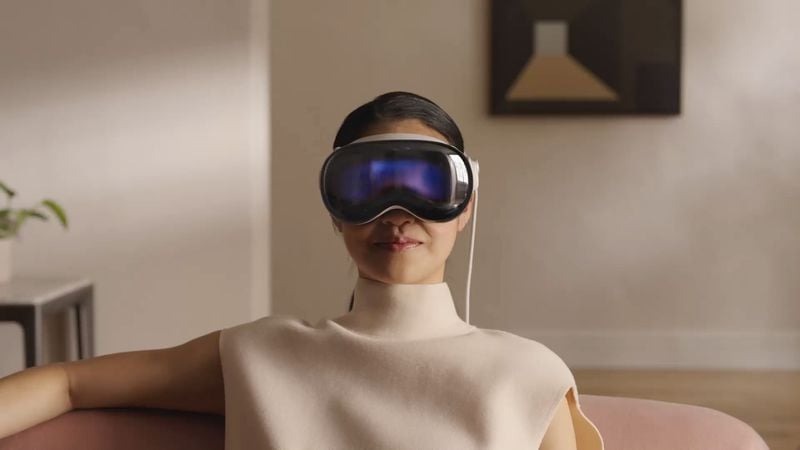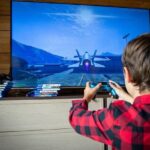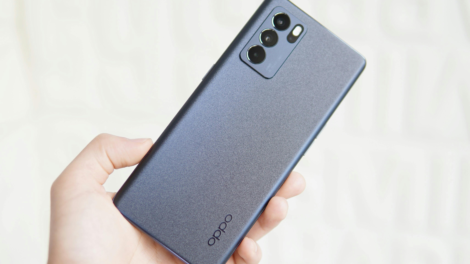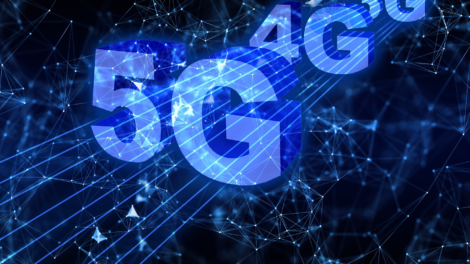The Promise of Mixed Reality
Mixed reality sits at the intersection of augmented reality (AR) and virtual reality (VR), seamlessly blending virtual elements with the real world. From gaming and entertainment to education and professional applications, MR has the potential to revolutionize countless industries by creating dynamic, interactive experiences that transcend traditional boundaries.
The Control Conundrum
Traditionally, MR headsets have relied on handheld controllers or styluses for input, which can be cumbersome and break the immersive experience. This disconnect between our natural movements and the virtual world has been a significant barrier to widespread adoption of MR technology. However, recent advancements in hand tracking are poised to change the game.

The Rise of Hand Tracking
Hand tracking technology uses advanced sensors and computer vision algorithms to detect and map the movements of a user’s hands and fingers in real-time. By enabling direct interaction with virtual objects and environments through natural gestures and motions, hand tracking promises to revolutionize how we engage with mixed reality.
One notable example is Apple’s VisionKit framework, which leverages the LiDAR scanner on the iPad Pro to track hand and finger movements with remarkable precision. This technology empowers developers to create innovative MR apps that respond to intuitive hand gestures, paving the way for a more seamless and immersive user experience.
The Benefits of Hand Tracking in Mixed Reality
- Natural and Intuitive Interaction: Hand tracking allows users to interact with MR environments in a way that feels inherently natural, mimicking real-world gestures and movements. This enhances the overall sense of presence and immersion.
- Increased Accessibility: By eliminating the need for physical controllers or styluses, hand tracking opens up MR experiences to a wider range of users, including those with mobility limitations or dexterity challenges.
- New Possibilities for Interaction: Hand tracking unlocks a world of innovative interaction possibilities, from manipulating virtual objects with precise hand movements to navigating complex virtual environments through intuitive gestures.
Overcoming Challenges
While hand tracking holds immense promise, there are still technical hurdles to overcome. Accuracy and consistency across different hand tracking systems remain ongoing challenges, as does addressing potential user fatigue from prolonged hand gesturing. However, with continued research and development, these obstacles are surmountable.
The Future of Mixed Reality Interaction
As hand tracking technology continues to evolve and become more widespread, it is poised to become the standard for controlling and interacting with mixed reality environments. By offering a more natural and intuitive interface, hand tracking could be the catalyst that propels MR into mainstream adoption across various industries and consumer applications.
From immersive gaming and interactive educational experiences to groundbreaking professional tools and beyond, the future of mixed reality is inextricably tied to the seamless integration of hand tracking. As we continue to push the boundaries of what’s possible in the digital realm, embracing this innovative technology will be crucial in creating truly transformative and engaging mixed reality experiences.










Add Comment